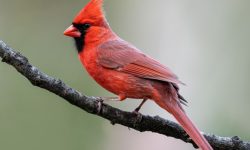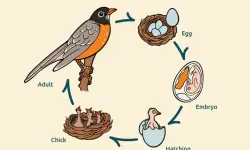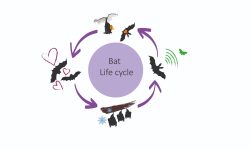Alabama is known for its rich bird diversity, thanks to its mix of coastal marshes, river systems, pine forests, and open fields. While most bird species recorded in the state are expected seasonal visitors or residents, a handful are true outliers—birds that have no business being in Alabama, at least according to field guides. These are the “accidental” birds: rare, wayward travelers that have strayed far outside their usual range.
Whether pushed by storms, lost during migration, or exploring uncharted territory, these accidental sightings are more than curiosities—they’re windows into the hidden dynamics of avian navigation and behavior. Here are ten of the most striking accidental birds ever spotted in Alabama, complete with their scientific names, known habitats, and possible reasons for their presence in the state.
Black-tailed Godwit (Limosa limosa)

Why It’s Considered Accidental in Alabama
The Black-tailed Godwit is a large Eurasian shorebird that breeds across Iceland and northern Europe, with wintering grounds in Africa and parts of Asia. It’s a regular migrant, but its natural paths rarely bring it anywhere near North America—let alone Alabama.
Where and When It Was Spotted
In April 2019, a Black-tailed Godwit was photographed at Dauphin Island, a barrier island on Alabama’s Gulf Coast. This marked a highly unusual sighting, creating a sensation among birders in the southeastern United States.
Natural Habitat and Behavior
In its native range, this species frequents coastal wetlands, flooded grasslands, and estuaries. The Alabama sighting showed the bird foraging in shallow salt flats, which closely mimic its preferred European habitats.
How It Might Have Reached Alabama
The most plausible theory is navigational error during transcontinental migration, possibly aided by strong storm systems or jet stream patterns that pushed the bird off course from western Europe or Iceland.
Fork-tailed Flycatcher (Tyrannus savana)
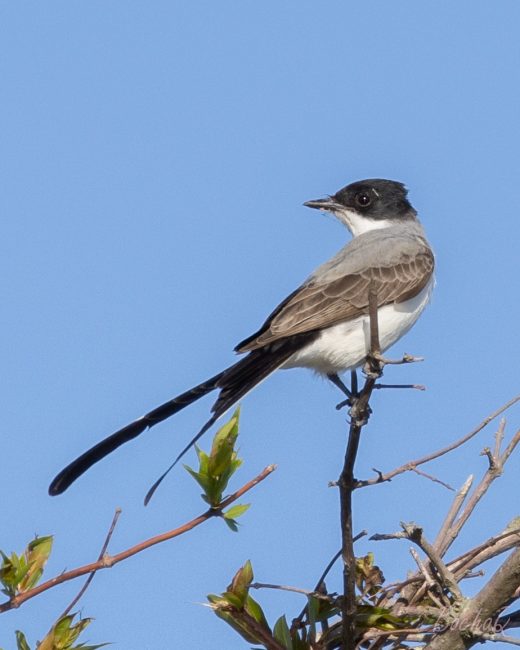
Why It’s Considered Accidental in Alabama
With its dramatically long tail and contrasting black-and-white plumage, the Fork-tailed Flycatcher is unmistakable—and almost never found in the United States. Native to Central and South America, its presence north of Mexico is exceedingly rare.
Where and When It Was Spotted
One was observed in Baldwin County in November 2005, where it remained for several days, delighting local birders and photographers.
Natural Habitat and Behavior
This elegant flycatcher is typically found in open savannas, pastures, and shrublands. It’s a highly aerial bird, often seen sallying out from perches to catch flying insects.
How It Might Have Arrived
Most vagrants of this species in the U.S. are believed to be displaced by tropical storms or trade winds. The bird spotted in Alabama likely overshot its migration route or was carried north by Caribbean weather systems.
Ruff (Calidris pugnax)

Why It’s Considered Accidental in Alabama
The Ruff is another Eurasian migrant that breeds in wet meadows across Scandinavia and Russia. While it’s known to show up in North America from time to time, Alabama is well outside its typical vagrancy range.
Where and When It Was Spotted
In May 2012, birders at Dauphin Island identified a Ruff feeding among local shorebirds during the spring migration period.
Natural Habitat and Behavior
Ruffs are gregarious in migration and often associate with other wading birds. They forage in shallow waters, using their bills to probe for insects, mollusks, and crustaceans.
How It Might Have Reached Alabama
Long-distance wind patterns or transatlantic drift may have carried this individual from Europe. Juvenile birds are especially prone to navigation errors during their first migration.
Say’s Phoebe (Sayornis saya)

Why It’s Considered Accidental in Alabama
This unassuming flycatcher is a common sight in the western United States, particularly in deserts and sagebrush flats. Its presence east of the Mississippi River is very rare.
Where and When It Was Spotted
In January 2017, a Say’s Phoebe was reported in Limestone County, Alabama, foraging near an old barn in open farmland.
Natural Habitat and Behavior
Say’s Phoebe typically prefers dry, open areas, often perching on low structures and making short forays to catch insects.
How It Might Have Arrived
Unusual dispersal patterns—especially among young, post-breeding birds—may lead some western birds to venture eastward. Weather conditions could have helped it drift far from its usual territory.
Red-footed Booby (Sula sula)
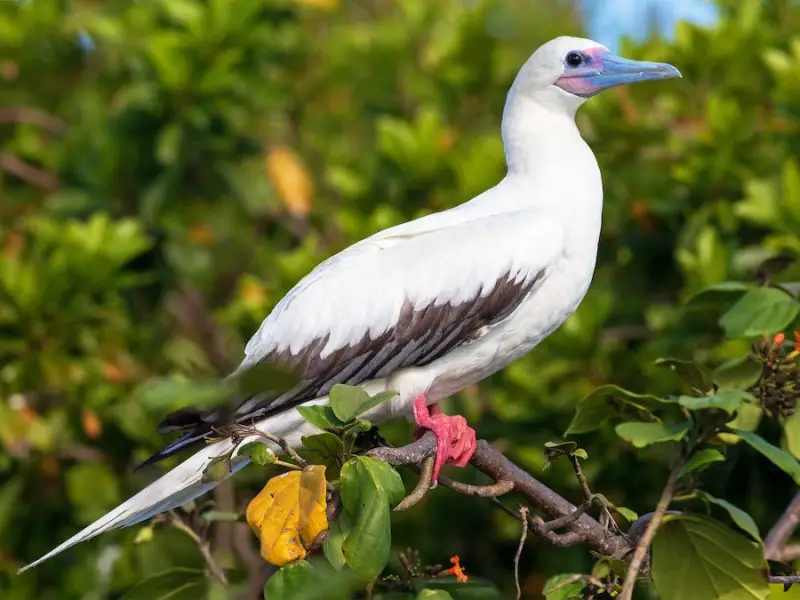
Why It’s Considered Accidental in Alabama
A tropical seabird, the Red-footed Booby is usually seen only in the Caribbean, Pacific islands, or open oceans. Inland sightings are almost unheard of.
Where and When It Was Spotted
In the summer of 2009, one was shockingly discovered near Guntersville Lake—far from any ocean. It was emaciated, likely exhausted after a long journey.
Natural Habitat and Behavior
These seabirds nest on isolated islands and are expert divers, catching fish and squid from ocean waters.
How It Might Have Reached Alabama
The most likely explanation is that it was carried inland by a tropical storm or hurricane. Once displaced far from the ocean, seabirds like the Red-footed Booby rarely survive long.
White Wagtail (Motacilla alba)

Why It’s Considered Accidental in Alabama
Native to Eurasia and parts of Alaska, the White Wagtail is only rarely spotted in the contiguous United States—and almost never in the Deep South.
Where and When It Was Spotted
In December 2011, an individual was spotted at the Birmingham Wastewater Treatment Plant, foraging near the water’s edge.
Natural Habitat and Behavior
The White Wagtail prefers open habitats near water, where it can search for insects. It’s known for its distinctive tail-wagging behavior.
How It Might Have Reached Alabama
This bird was likely a transatlantic vagrant, perhaps from Iceland or Greenland. Young wagtails in particular may follow atypical migration paths due to wind drift or orientation errors.
Green Violet-ear (Colibri thalassinus)
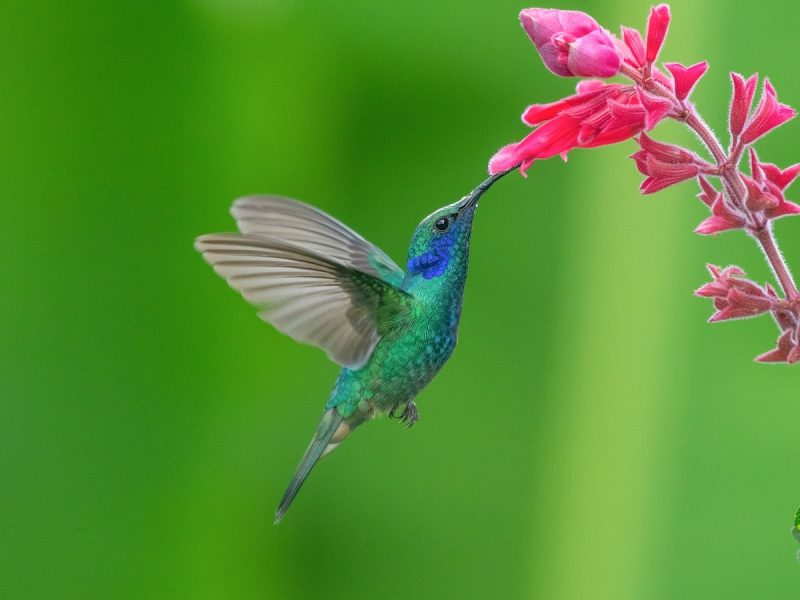
Why It’s Considered Accidental in Alabama
A dazzling green hummingbird native to Mexico and Central America, the Green Violet-ear is very rarely observed in the southeastern U.S.
Where and When It Was Spotted
In July 2007, one visited a backyard feeder in Mobile County. It stayed for several days, allowing for clear photos and identification.
Natural Habitat and Behavior
It inhabits cloud forests and highland clearings. Like many hummingbirds, it’s territorial and drawn to flowering plants and sugar-water feeders.
How It Might Have Reached Alabama
Some hummingbirds wander far during post-breeding dispersal. Strong southerly winds or curiosity may have led this individual far beyond its known range.
Northern Wheatear (Oenanthe oenanthe)

Why It’s Considered Accidental in Alabama
The Northern Wheatear breeds in Arctic Europe and North America, wintering in sub-Saharan Africa. It has one of the most extraordinary migration routes of any songbird.
Where and When It Was Spotted
One was seen near Mobile County in the fall of 2013, hopping along rocks and catching insects.
Natural Habitat and Behavior
Wheatears prefer open, barren areas with scattered rocks. They often run or hop rather than fly when feeding.
How It Might Have Reached Alabama
During migration, some birds fly from Greenland across Canada. Rare individuals may overshoot or veer southward into the southeastern U.S., especially if disoriented.
Allen’s Hummingbird (Selasphorus sasin)
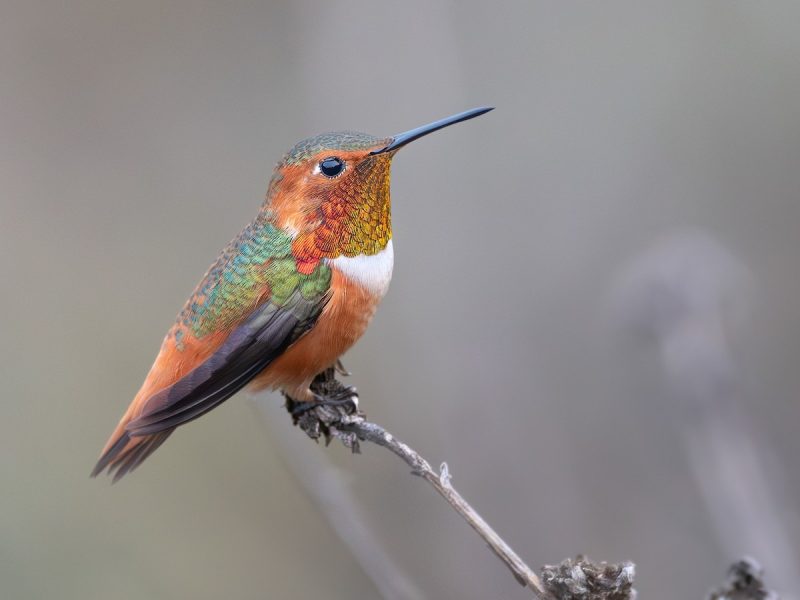
Why It’s Considered Accidental in Alabama
Primarily a Pacific Coast species, Allen’s Hummingbird rarely strays far from California or Oregon. Wintering east of the Rockies is highly uncommon.
Where and When It Was Spotted
A banded individual was identified in Montgomery in winter 2016, feeding at a backyard station.
Natural Habitat and Behavior
Allen’s prefers coastal scrub and redwood forests. In Alabama, it visited garden plants and nectar feeders.
How It Might Have Arrived
Juvenile dispersal after breeding may have led this bird astray. Mild winters and well-stocked feeders could support brief survival outside its native range.
Groove-billed Ani (Crotophaga sulcirostris)

Why It’s Considered Accidental in Alabama
This curious cuckoo-like bird is found in Mexico and parts of Central America. It has a patchy presence in southern Texas but is rarely seen elsewhere in the U.S.
Where and When It Was Spotted
In the fall of 2003, a small group was recorded in Baldwin County. They stayed for several days, feeding in overgrown fields.
Natural Habitat and Behavior
Anis prefer open scrublands, agricultural fields, and brushy clearings. They feed on insects and small reptiles, often foraging in groups.
How It Might Have Reached Alabama
Post-breeding dispersal combined with favorable wind currents may have brought these birds into Alabama from Mexico or southern Texas.
Conclusion
Accidental birds are more than just rare sightings—they are keys to understanding bird migration, navigation, and even environmental change. Alabama’s unique geography places it at the confluence of several migratory routes, making it a hotspot for both expected travelers and astonishing wanderers.
Each accidental visitor tells a story of resilience, survival, and the immense distances birds can travel. For birders and scientists alike, these rare appearances are reminders of how dynamic and unpredictable the natural world can be—how a bird from Iceland, South America, or the Pacific might one day land in an Alabama marsh.

